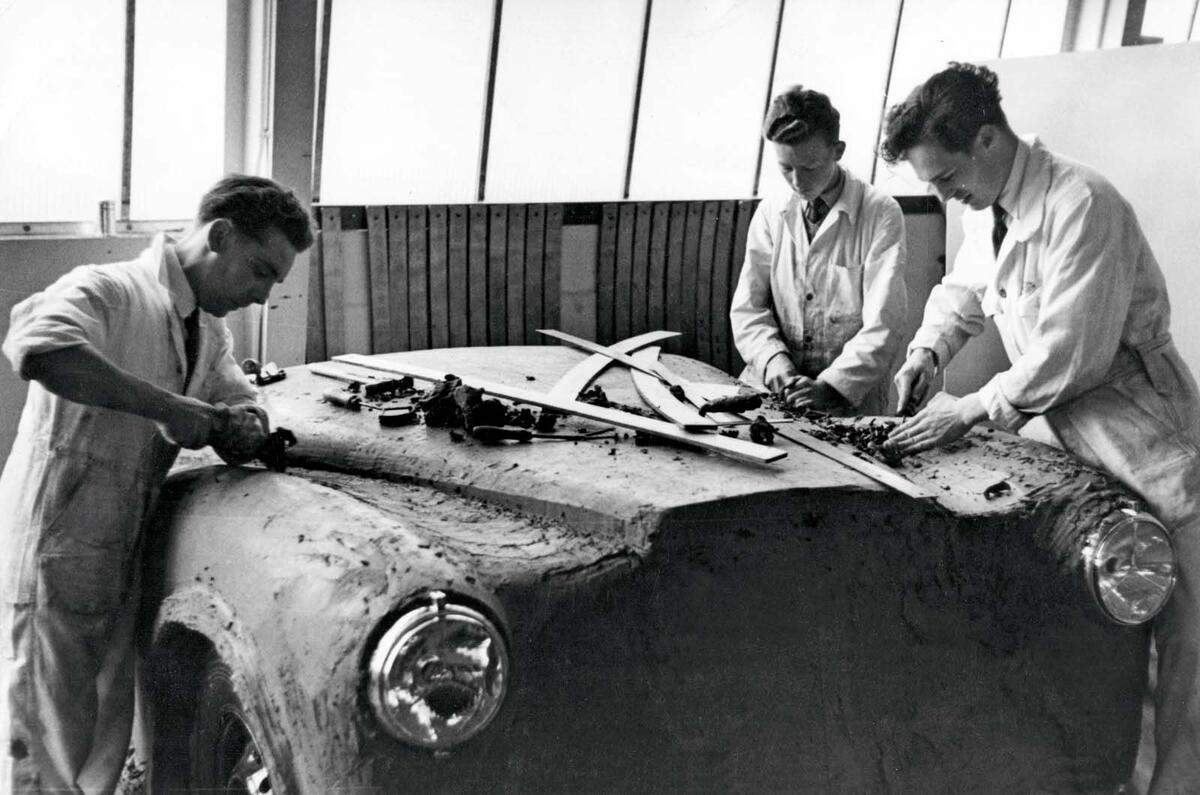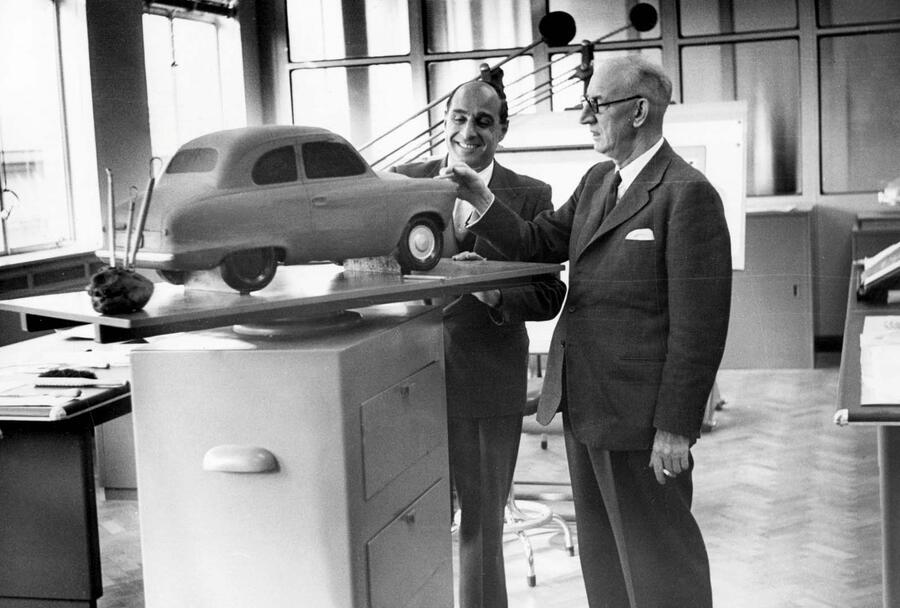In an age when nearly everything we do relies on digital technology, clay models are still crucial for car designers.
The reason is simply that while computer-aided design now leads to amazingly realistic 3D imagery, a physical manifestation of designers’ drawings is easier for them to visualise and evaluate.
Clay modelling was introduced to the car industry way back in the 1930s by influential General Motors styling chief Harley Earl. Until then, car design had been a much more difficult and time-consuming affair of wood and metal.
Clay modelling took on an even more important role as cars moved from body-on-frame to monocoque construction, as Autocar’s then technical editor Montague Tombs and technical artist Max Millar discovered on a 1945 visit to Longbridge, where the ‘back-room boys’ were hard at work on Austin’s first post-war models.
“It is so easy for anyone to sit down and sketch out a ravishing two-seater sports car with an indefinite wheelbase and guesswork accommodation for human beings.
"But it requires real genius to lay out a practical four-seater saloon on a 7ft wheelbase and still contrive to make the result look universally attractive to the human eye,” wrote Tombs.
He described the creative portion of the circa-four-year process, from the board asking for a new design to the first car leaving the factory.
“The body designer (BD) starts by preparing a number of bold rough sketches, illustrating various styles and modes, from the orthodox with improvements to the futuristic.
These sketches are considered by the management, and one or two will be selected for further development. Then the BD makes a first set of scale drawings, showing side, plan and end views. From this he develops his first scale drawings.
“Actual modelling is the next step. Models to the same scale as the drawings are worked out in Plasticine and the curves denoted by the flat views are translated into surfaces which can be viewed from all angles.
Enjoy full access to the complete Autocar archive at the magazineshop.com
It is only in this way that the main proportions can be seen and balanced, and that the high lights can be seen and, if scattered, brought into continuity by a deft touch here and there.
“Probably the BD will make half a dozen models for one design, with slight differences between them, in search for the happiest combinations. And he must not for one instant relax his attention to the irreducible dimensions of seating capacity, and of mechanism also, that lie beneath the surfaces.






Add your comment